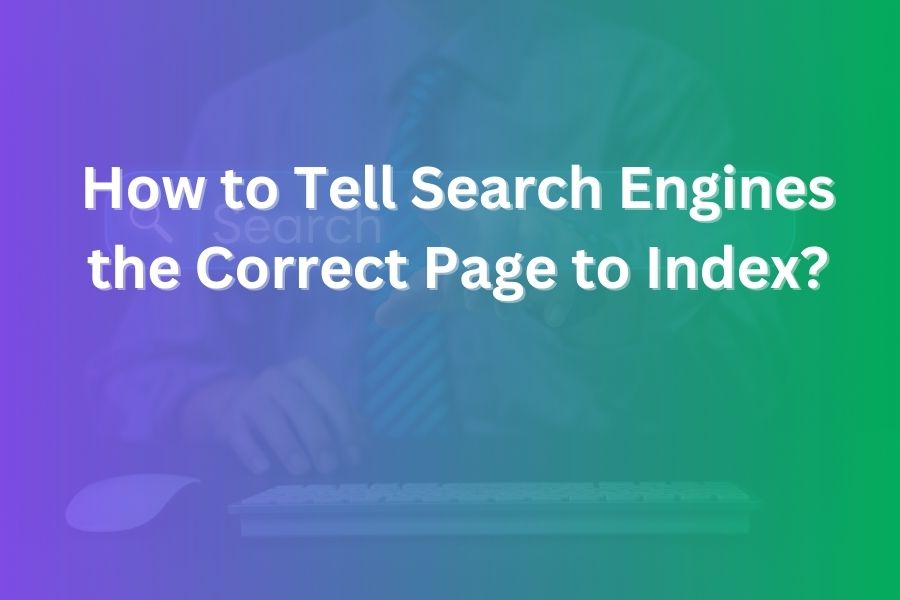
The H-index in Google Scholar is one of the most essential metrics used to measure a researcher’s impact and productivity. It helps you understand how your published works are performing based on how often they are cited by others. In simple terms, the higher your H-index, the greater your influence in your field.
In this article, you will learn what the H-index is, how it is calculated, why it matters, how to improve it, and what limitations it has so you can use it effectively to boost your academic visibility and credibility.
What Is H Index in Google Scholar?
The H-index, developed by physicist Jorge E. Hirsch in 2005, is a numerical indicator that reflects both the productivity and citation impact of a researcher’s published work. In Google Scholar, it measures how many of your papers have received a certain number of citations. For example, if you have an H-index of 20, it means you have 20 papers that have each been cited at least 20 times.
It combines two critical aspects: the quantity of your research output and the quality reflected by how often others reference your work. This makes the H-index more balanced than simply counting total citations or total publications.
How the H Index Is Calculated in Google Scholar
The formula for the H-index is straightforward: a researcher has an index h if h of their total papers (Np) have each been cited at least h times, while the remaining (Np – h) papers have fewer than h citations.
For instance, if you have published 40 papers and 15 of them have been cited 15 times or more, your H-index is 15. Google Scholar automatically calculates this metric based on your public profile and its database of indexed articles and citations.
To see your own H-index, you can visit your Google Scholar profile, where it appears under “Citations.” You’ll also see two numbers: the overall H-index (including all time) and the “i10-index,” which shows how many papers have been cited at least 10 times.
Why the H Index Matters to Researchers
Your H-index is often used by universities, funding agencies, and employers to evaluate your research influence. It reflects not just how prolific you are, but how impactful your work has been in the academic community.
A higher H-index can:
- Strengthen your case when applying for academic promotions or grants
- Enhance your credibility in peer-reviewed journals
- Help you benchmark your performance against peers in your discipline
- Influence decisions in hiring or tenure reviews
Because Google Scholar is freely accessible, it provides a convenient and transparent way to showcase your academic reputation.
How Google Scholar Calculates and Updates Your H Index
Google Scholar automatically scans academic content from various sources including journals, conference papers, theses, and institutional repositories. When new citations to your work are discovered, your H-index updates accordingly.
This process is dynamic, meaning your score can increase as your work gains more attention. However, if Google Scholar fails to link some citations correctly, your index might not fully represent your true impact — which is why it’s important to maintain your profile and correct any errors manually.
Typical H Index Benchmarks
There’s no universal “good” or “bad” H-index, as it varies greatly across fields and career stages. However, here are some general benchmarks:
- Early-career researchers: H-index between 1 and 5
- Mid-career academics: H-index between 10 and 25
- Senior scholars or leading researchers: H-index above 40
Keep in mind that citation practices differ across disciplines. For instance, life sciences and physics often generate more citations than humanities or social sciences. Comparing your H-index should always be done within your field.
Advantages of Using H Index in Google Scholar
Google Scholar’s H-index offers several unique benefits:
- Free and accessible: Anyone can set up a profile and view their citation metrics.
- Automatic updates: Your citation data is continuously refreshed.
- Wide coverage: It includes citations from a broad range of academic sources, not just traditional journals.
- Quick visibility: Your research impact can be evaluated instantly without specialized databases.
These advantages make Google Scholar a popular platform among independent researchers, students, and faculty members worldwide.
Limitations of the H Index
Although the H-index is valuable, it has several limitations you should be aware of:
- Ignore author order: It doesn’t consider whether you’re the first or corresponding author of a paper.
- Discipline bias: Some fields naturally have more citations than others, creating unfair comparisons.
- Time bias: Older researchers may have higher H-indexes simply because they’ve had more time to accumulate citations.
- Database inconsistencies: Google Scholar may count non-peer-reviewed sources or duplicate citations, slightly inflating numbers.
Therefore, while useful, the H-index should be combined with other metrics like citation averages, journal impact factors, or the i10-index for a balanced evaluation.
How to Improve Your H Index in Google Scholar
If you want to raise your H-index, you’ll need to focus on both publishing quality research and increasing its visibility. Below are practical strategies you can apply:
- Publish in reputable journals: Peer-reviewed publications are cited more often.
- Optimize your titles and abstracts: Use clear, descriptive keywords to make your work more discoverable.
- Collaborate with peers: Co-authored works tend to attract more attention and citations.
- Promote your research: Share papers on academic networks like ResearchGate, LinkedIn, and institutional repositories.
- Maintain an updated profile: Regularly add missing publications and correct misattributed ones in Google Scholar.
- Engage with the community: Present at conferences, write reviews, and respond to related research to build connections.
Over time, consistent visibility and quality work can substantially raise your H-index score.
H Index vs i10 Index in Google Scholar
While both metrics appear on your Google Scholar profile, they measure slightly different aspects:
- H-index: Balances quantity and impact by considering the number of papers that have been cited at least that same number of times.
- i10-index: Counts how many of your papers have been cited at least ten times.
The i10-index is simpler but less comprehensive. The H-index offers a deeper reflection of long-term influence, while the i10-index can help track smaller milestones, especially for early-career researchers.
H Index vs Other Citation Metrics
You may also come across other citation metrics like the g-index, i10-index, or total citations. Each serves a unique purpose:
- G-index: Gives extra weight to highly cited papers, making it more sensitive to a few influential works.
- Total citations: Counts every citation across all works but doesn’t balance quality and quantity.
- H-index: Offers a middle ground by factoring both the number of papers and how often they are cited.
Understanding these distinctions helps you interpret your research impact more accurately.
Recent Trends in H Index Measurement (2025 Update)
As of 2025, academic evaluation systems are evolving beyond traditional citation metrics. Universities now combine the H-index with alternative indicators like Altmetrics (which track social media mentions, downloads, and online discussions).
Despite these new tools, the H-index remains one of the most recognized indicators of scholarly performance. According to recent data, over 85% of U.S. universities still reference the H-index in tenure and grant assessments, showing its ongoing relevance.
Maintaining Accuracy in Your Google Scholar Profile
Since Google Scholar’s database automatically aggregates publications, you should occasionally review your profile for errors. Duplicates, incorrect author attributions, or unrelated citations can distort your H-index.
To fix this, log in to your Google Scholar account, manually merge duplicates, and ensure your affiliation and publication details are up to date. This keeps your academic footprint accurate and professional.
Practical Example of an H Index Calculation
Imagine a researcher with ten published papers. These are the citation counts: 55, 45, 32, 20, 15, 12, 10, 8, 5, and 2.
To find the H-index, arrange them in descending order. Then look for the point where the paper number equals the number of citations. In this case, the sixth paper has 12 citations, which is higher than six, but the seventh paper has 10 citations, which equals the paper count. Thus, the H-index here is 7.
This example illustrates how both productivity and consistent citation impact contribute to your score.
Why Google Scholar’s H Index Is Ideal for U.S. Researchers
For U.S. researchers, Google Scholar’s H-index provides a democratic and transparent way to highlight achievements. Unlike subscription-based databases like Scopus or Web of Science, Google Scholar is freely available to anyone.
It benefits graduate students, early-career academics, and independent researchers who want visibility without institutional restrictions. Additionally, its integration with institutional profiles and citation alerts makes it a go-to platform for professional growth.
Final Thoughts
Your H-index in Google Scholar represents more than just a number — it’s a reflection of your contribution to knowledge. Understanding how it works, monitoring it regularly, and applying strategies to enhance it can help you advance in your academic career.
Focus on publishing quality research, promoting it actively, and engaging with peers across your field. Over time, these actions will strengthen both your H-index and your reputation as a credible, impactful researcher.






